I am trying to plot the results of a study with within-subjects experimental manipulations in ggplot2. I would like geom_line() to connect the points of the same subject between different trial types but not between conditions (see figure below). When I try to map subject to group in my data, it produces lines connecting the same subject across the whole plot, which is not what I want.
This is how it looks:
Now what I would like to obtain - lines are orange for better visibility here. It looks crap because I generated only a few data points, but this is the idea:
lines connecting individuals only within condition
A small, workable example (apologies in advance for my inelegant code):
# produce fake data
signal <- c(0.74660393, 1.69004752, 0.38833258, 1.00708169, 0.72820926, 0.63489489,
1.46378383, 0.67635374, 0.15536748, 0.19220099, 0.32673839, 1.64773836,
0.99743467, 0.47589479, 0.83547231, 1.98466375, 0.13243662, 1.26484889,
1.67973564, 1.52482770, 1.87735472, 1.00273947, 1.71527739, 0.23374901)
subject <- rep(c("Sub1", "Sub2", "Sub3", "Sub4"), 6)
condition <- c(rep("Congruent", 8), rep("Incongruent", 8), rep("Neutral", 8))
trial <- c("alt", "rep", "alt", "rep", "alt", "rep",
"alt", "rep", "alt", "rep", "alt", "rep",
"alt", "rep", "alt", "rep", "alt", "rep",
"alt", "rep", "alt", "rep", "alt", "rep")
hemisphere <- c(rep("right", 4), rep("left", 4),
rep("right", 4), rep("left", 4),
rep("right", 4), rep("left", 4))
df <- data.frame(subject, signal, condition, trial, hemisphere)
Now the plot.
library(ggplot2)
p <- ggplot(data = df, aes(y = signal, x = condition, fill = trial))
p + geom_point(aes(fill = trial, color = trial),
position = position_dodge(width = 0.6),
alpha = 0.3) +
geom_line(aes(group = subject), alpha = 0.1) +
geom_boxplot(position = position_dodge(width = 0.6), alpha = 0.05) +
facet_wrap(~hemisphere) +
stat_summary(fun = "mean",
geom = "crossbar",
aes(colour = trial),
position = position_dodge(width = 0.6),
width = 0.6) +
theme_classic()
I already tried:
- putting the group aesthetic in ggplot() instead that in geom_line(), it screws up the whole thing
- producing a paired variable for geom_line() as paste(df$subject, df$condition, df$hemisphere), but it doesn't produce what I want - there are no lines anymore
Any other solutions?
Thanks in advance!


